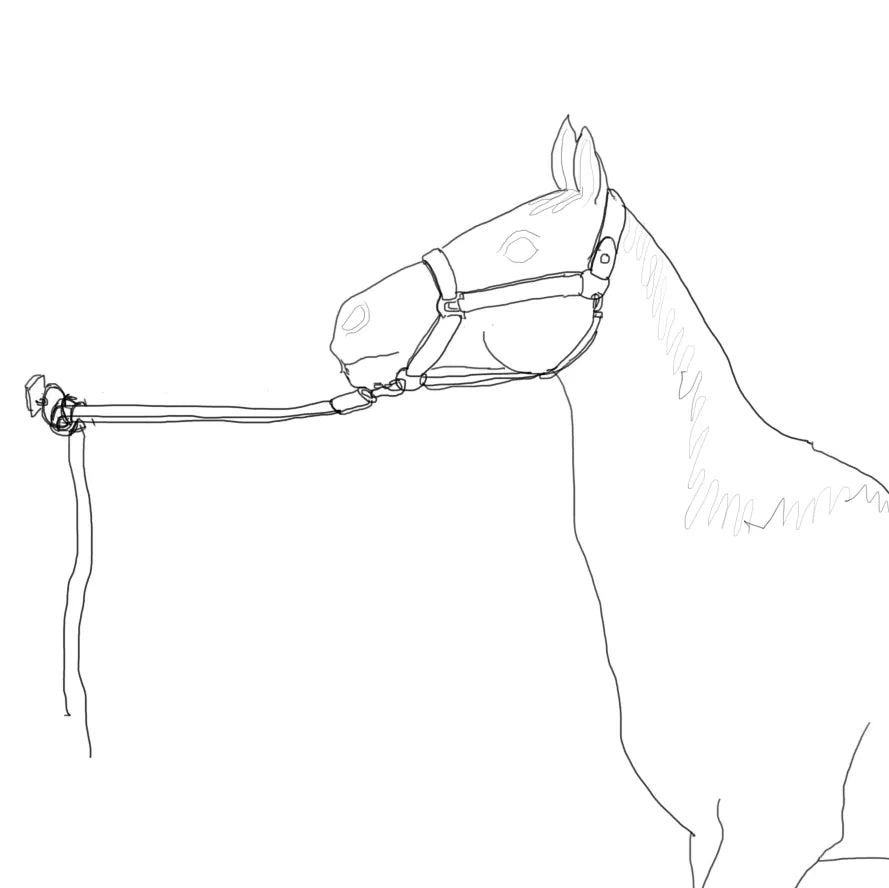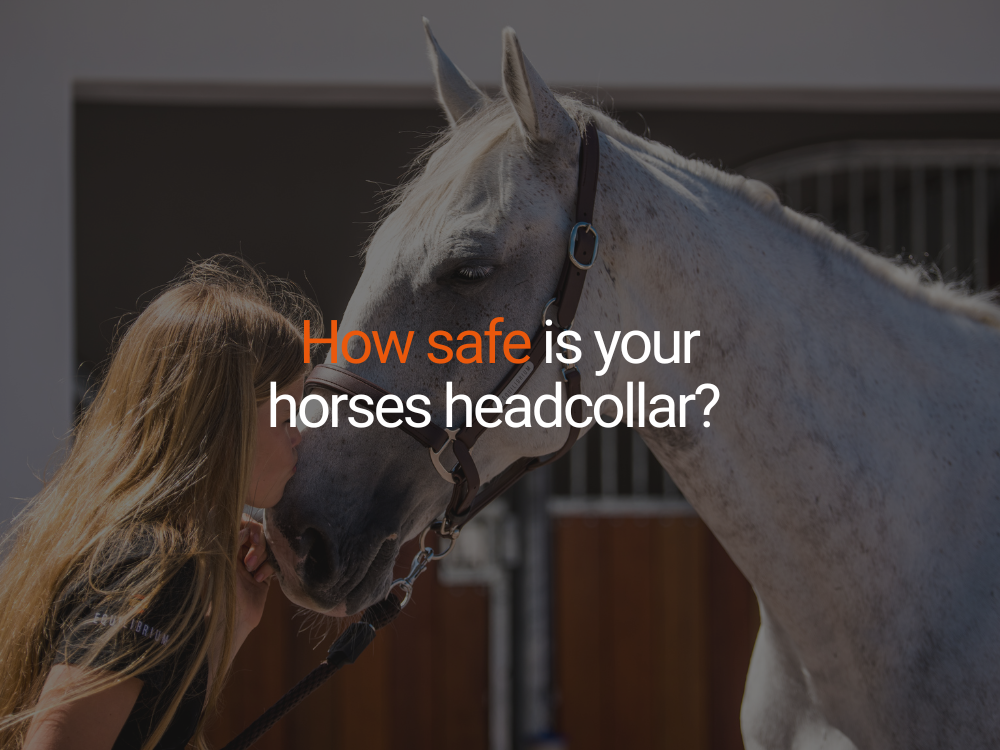
In a survey of 5615 respondents*, 75% of head collar injuries occurred when tied up, and injuries ranged from cuts, all the way to fractures.

Order special instructions
Horse Wear
Horse Wear
Therapy
Horse Boots
Sun & Fly
Headcollars & Leadropes
Rugs
Riding Accessories
Nutrition
Nutrition
Feed & Hay blocks
Treats
Haynets
Bucket Covers
Shop by Pet
Shop by Range
Additional B2B Information
Additional B2B Information
Shop by Discipline
Shop by Discipline
Education Zone
It is inevitable that most horses will be tied up from time to time, whether on the yard, in their stable, or in a lorry or trailer. Some horses will be more comfortable with this than others. I’m sure we can all think of a time where our horse has pulled back to the point where a head collar, or a lead rope has released and they have broken free. It is also likely most of us can think of a time where a horse has pulled back and they haven’t broken free but have panicked and put a considerable amount of force against their poll, their neck and their back.
As a physiotherapist, I am often called to horses that have suddenly become head shy, difficult to tack up and groom and have also become more resistant to the contact in ridden work. The onset of a majority of these cases can be traced back to an incident where the horse has pulled back whilst being tied up.
These horses often present with reduced range of motion in the poll and tension in the muscles around this area. The structures commonly affected are the splenius muscle, occipitohyoid muscle, the nuchal ligament and the atlanto-occipital joint. In more severe cases, muscle strains can be seen along the length of the neck and into the back. The hind quarters may present strains too, especially if the horse didn’t manage to break free and they may have slipped with their hind legs.

In a worst case scenario, pulling back in a head collar that doesn’t break can lead to poll fracture which can be career changing for a horse. Obviously this is something that we all want to avoid and so this is definitely a situation where prevention is better than cure.
This is why I would always recommend using a head collar or lead rope that will break away and release before causing extensive damage to your horse.
*Survey of 5615 respondents, Dr David Marlin, October 2019.

Vicky studied Equine Sports Science at the University of Lincoln and went on to complete a 2 year Post-Graduate course, CEPT, to become a Veterinary Physiotherapist. With many years experience treating both equine and canine clients, Vicky has a particular interest in equine performance therapy.

How Safe is Your Horse's Headcollar?
Headcollars are one of the most used pieces of horse equipment. In fact, 88% of owners use a horse headcollar every day*. As riders, we have safety equipment to protect ourselves, such as boots, hats, and body protectors. This is obviously to prevent injury or the severity of injury in the event of an accident. But is there a need for our horse headcollars to be safe too? We designed our Stellar Headcollar after researching headcollar accidents, read on to find out what we found.
Sign up for our mailing list for updates on our products, sales and exclusive rewards
Connect With Us
© 2026,
Equilibrium.Copyright © 2024 Equilibrium Products Limited. Registered in England and Wales No. 03762996.
We use cookies and similar technologies to provide the best experience on our website.
